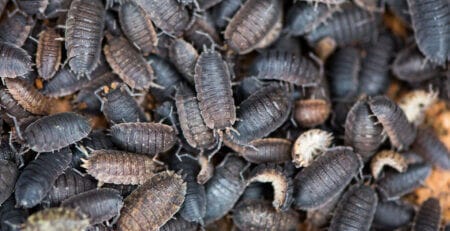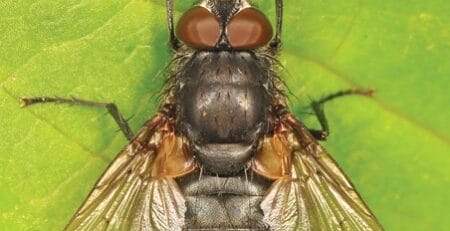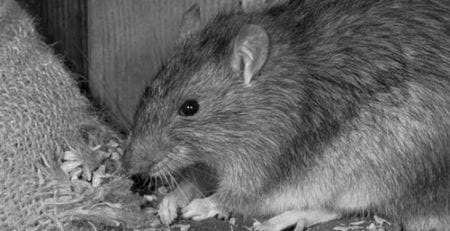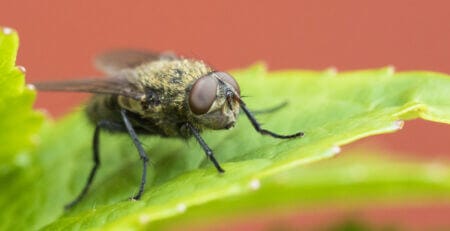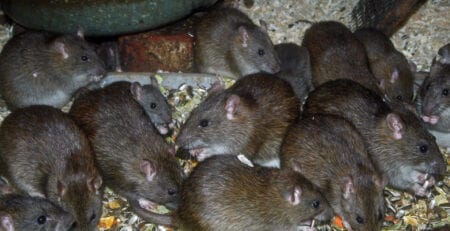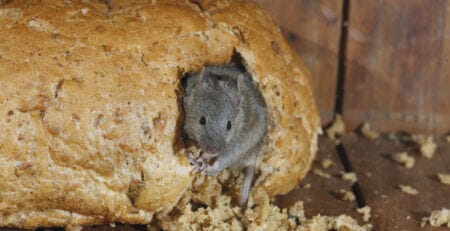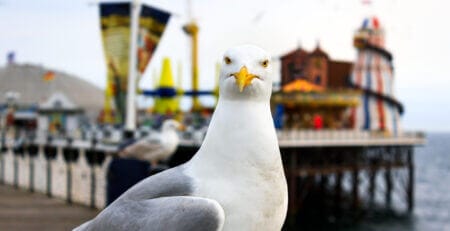The Life Cycle of Flies: A Comprehensive Guide for Pest Control
Flies are a common pest in the UK, and understanding their life cycle is important in controlling their population and preventing infestations. In this article, we’ll take a closer look at the life cycle of flies, including their different stages and how to identify them. If you need further information or assistance with fly control, Pest Control Direct is a helpful source of information and solutions.
Egg Stage
The life cycle of flies begins with the egg stage. Female flies lay their eggs on a food source, which can be decaying organic matter, animal waste, or other organic materials. Depending on the species of fly, eggs can hatch within a few hours or up to a week.
Larva Stage
After hatching, flies enter the larva stage. Larvae are worm-like and do not have wings or legs. They feed on the same food source as the eggs and grow rapidly. Depending on the species of fly, the larva stage can last anywhere from a few days to several weeks.
Pupa Stage
The pupa stage is a period of transformation for the fly. During this stage, the larva spins a cocoon around itself and develops into an adult fly. Depending on the species of fly, the pupa stage can last from a few days to several weeks.
Adult Stage
Once the pupa has fully developed, it emerges as an adult fly. Adult flies have wings and legs and are capable of flying and mating. Depending on the species of fly, adults can live for a few days to several weeks.
Identifying the Different Stages of Flies
Identifying the different stages of flies is important in controlling their population and preventing infestations. Here are some tips for identifying each stage:
- Egg stage: Fly eggs are small and white or yellow in color. They are typically laid in clusters on a food source.
- Larva stage: Fly larvae are worm-like and have no legs or wings. They are typically white or cream-colored and can be found in the same location as the eggs.
- Pupa stage: Fly pupae are enclosed in a cocoon and are typically brown or black in color. They can be found in the same location as the eggs and larvae.
- Adult stage: Adult flies have wings and legs and are typically brown, black, or metallic in color. They can be found in areas where there is a food source or where they can mate and reproduce.
Controlling the Life Cycle of Flies
Controlling the life cycle of flies is important in preventing infestations and reducing their population. Here are some tips for controlling the life cycle of flies:
- Clean up: Regularly clean up decaying organic matter, animal waste, and other potential food sources for flies.
- Use fly traps: Fly traps can be an effective way to capture and kill adult flies, reducing their population.
- Use insecticides: Insecticides can be used to kill fly eggs, larvae, and pupae, preventing them from developing into adult flies.
- Seek professional help: If you have a large or persistent fly infestation, it’s important to seek professional help from a pest control expert. A professional exterminator can effectively eliminate the infestation and implement preventative measures to ensure that flies do not return.
In conclusion, understanding the life cycle of flies is important in controlling their population and preventing infestations. By identifying the different stages of flies and implementing effective control measures, you can create a safe and comfortable environment free from the dangers of flies. Pest Control Direct is a helpful source of information and solutions for controlling fly populations.



